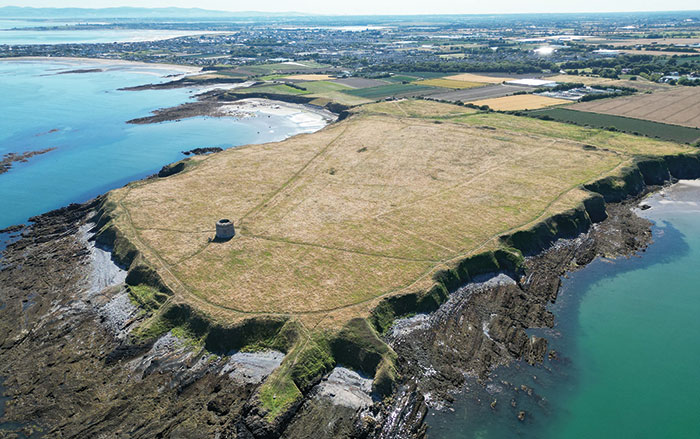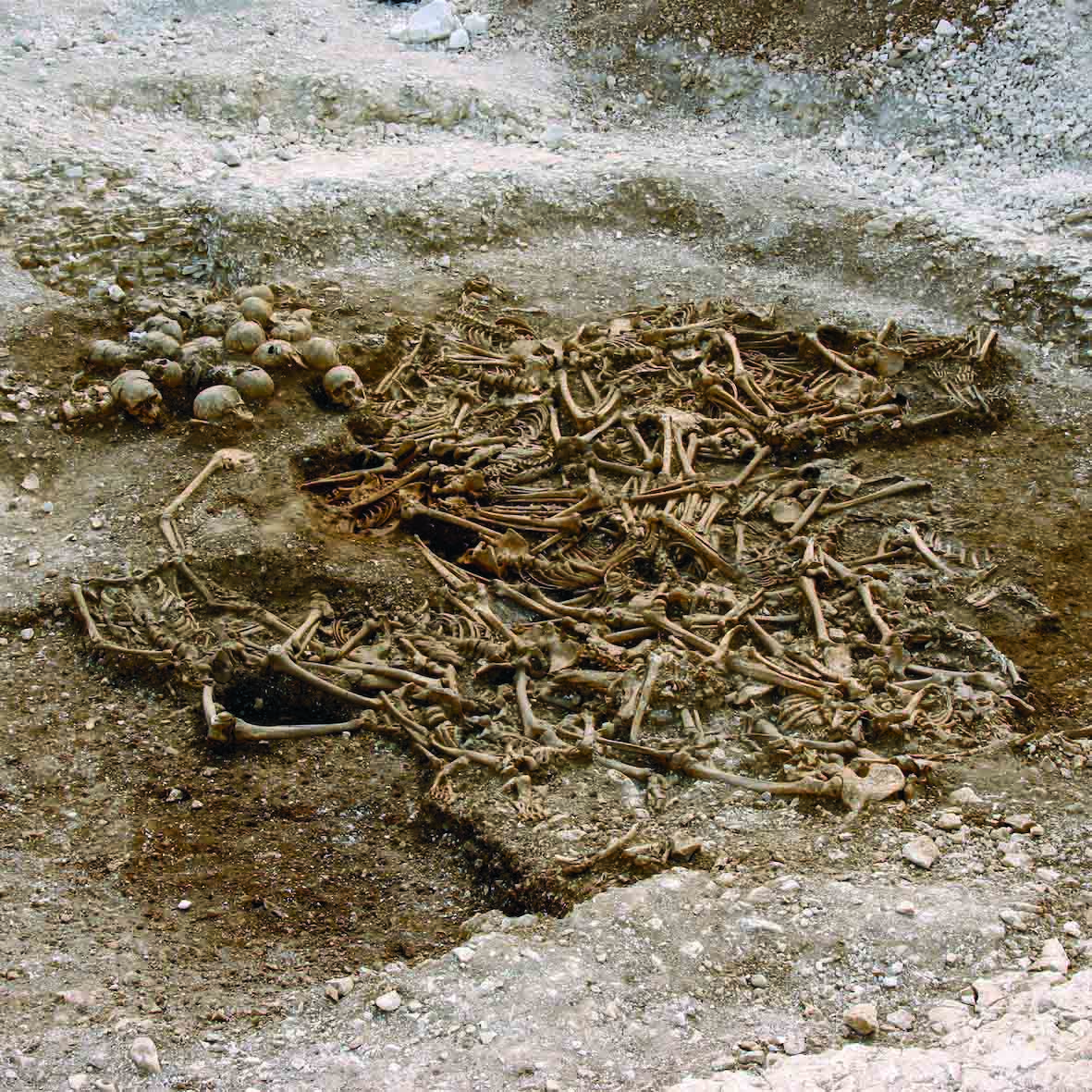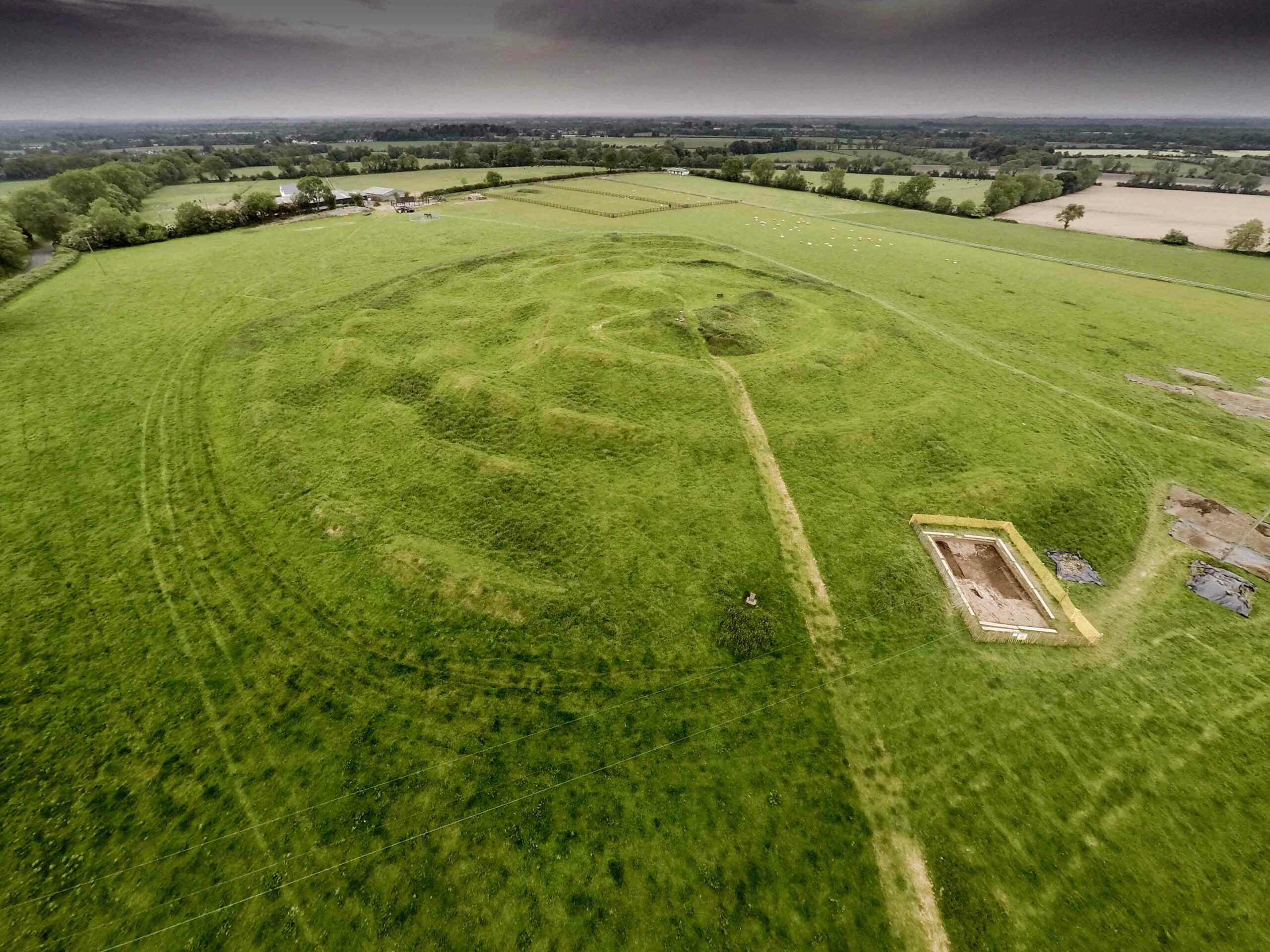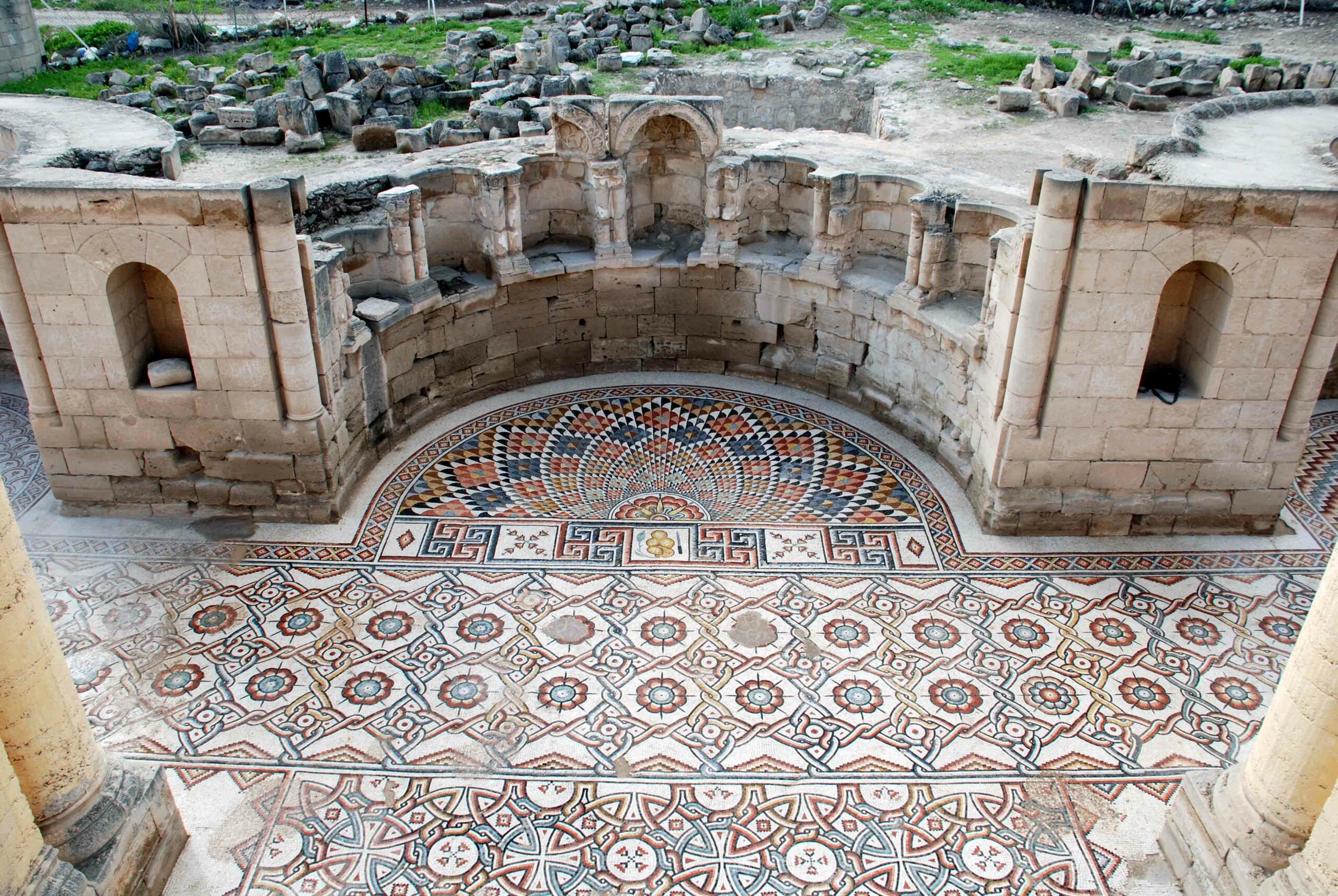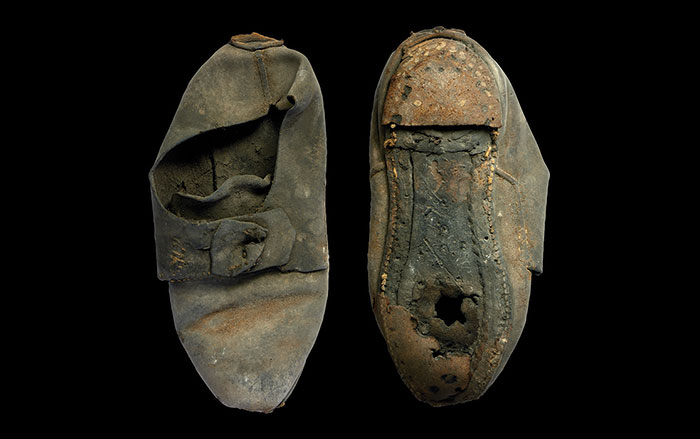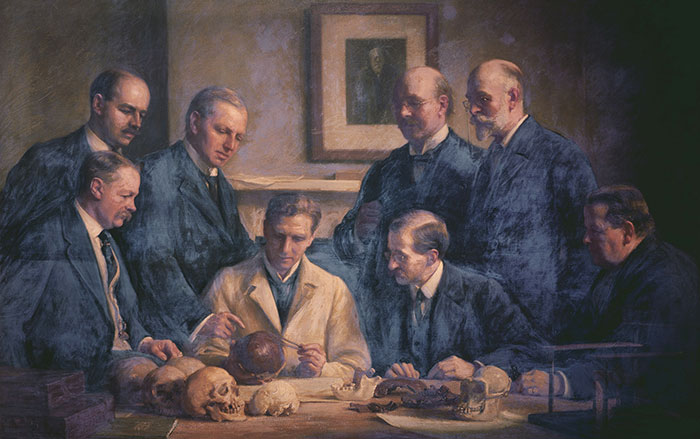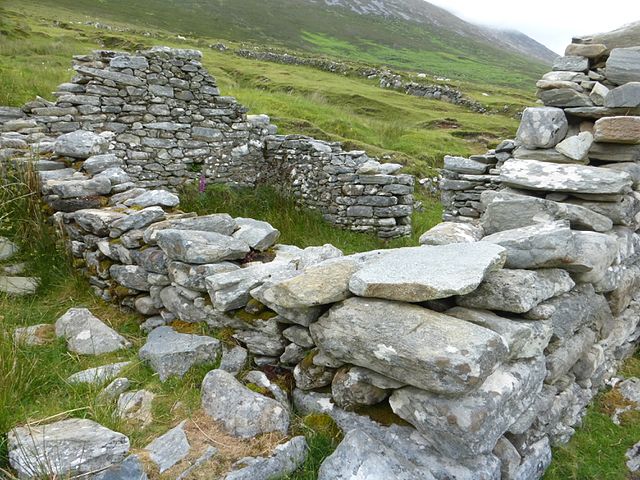
DOOAGH, IRELAND—Irish Central reports that students from the Achill Archaeological Field School have been investigating a remote nineteenth-century village of around 40 houses located near Keem Bay, on the western tip of Achill Island. The people who lived in the village grew potatoes and perhaps oats and raised cattle. Their single-room houses were built of drystone walls more than three feet thick, and had rounded corners and a single door facing the bay. Central hearths were placed on the earthen floors. Smoke from peat fires would have traveled out the door and through the thatched roofs. The larger of the houses excavated by the team measured about 23 feet long by 10 feet wide, and may have also been a winter home for cattle, since it had a stone-lined drain near the door. The students also uncovered pieces of fine, decorated earthenware from English potteries, three glass beads that may have been part of a rosary, and lumps of amethyst from a nearby quarry that were sold to tourists drawn by the Protestant Achill Mission, which was founded in 1831. The village is thought to have been abandoned during the Great Famine of the 1840s. For more on archaeology in Ireland, go to “Samhain Revival.”


